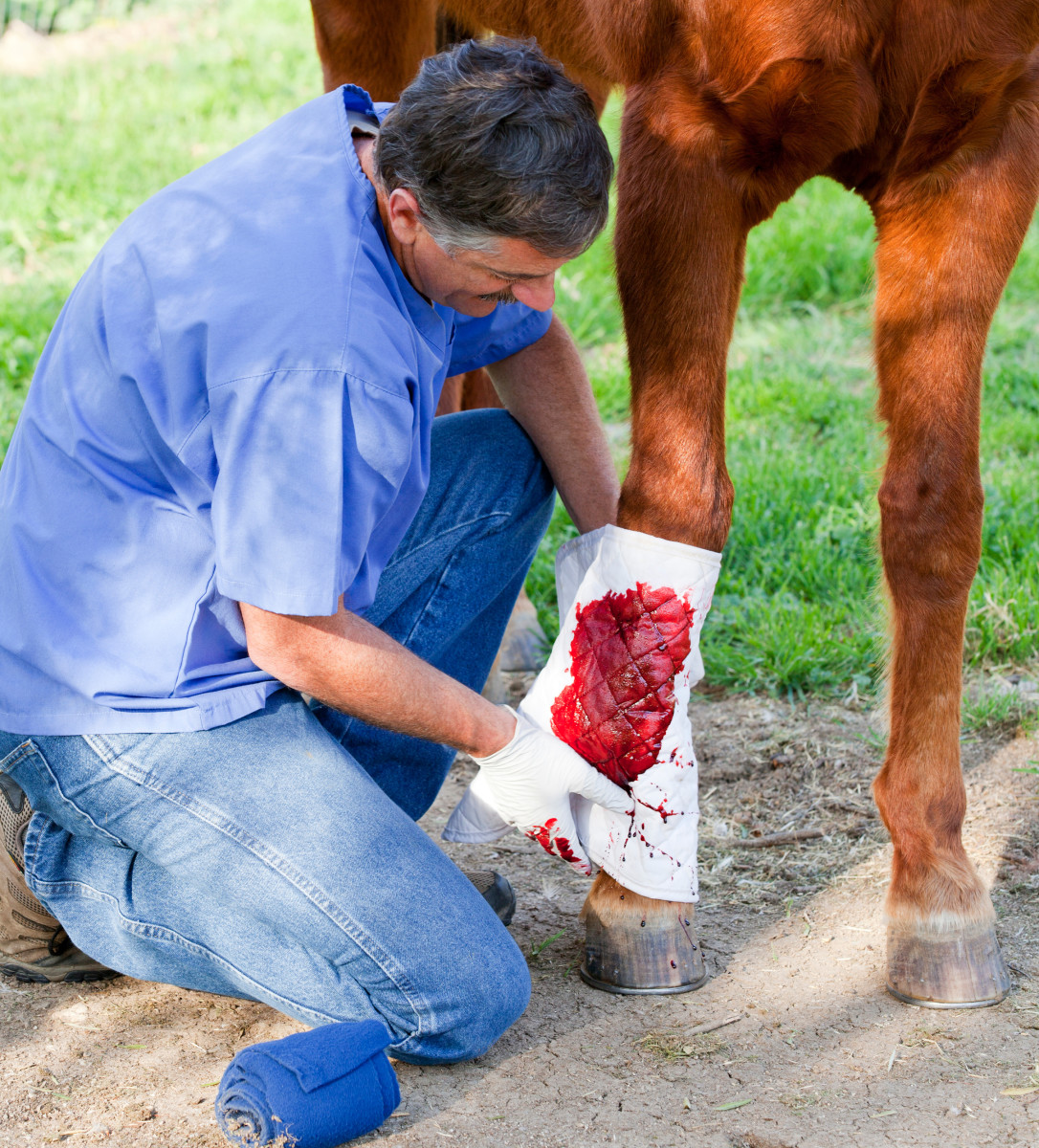
The use of platelets for wound healing has been investigated in equine medicine for all manner of treatment to injuries in joints, tendons, ligaments and wounds. Platelets and platelet-rich plasma (PRP) are instrumental in wound healing because they release cytokines and growth factors that promote growth of endothelial and fibroblastic tissue.
A study evaluated the use of three different platelet formulations on wounds created on the dorsolateral aspect of the cannon bones of eight healthy adult horses [Carneiro da Fontoura Pereira, R., et al. Evaluation of Three Methods of Platelet-Rich Plasma for Treatment of Equine Distal Limb Skin Wounds. Journal of Equine Veterinary Science, Oct 2017].
The three formulations were:
- autologous PRP subcutaneous injection on the wound edges
- autologous PRP gel applied over the skin defect
- homologous
- PRP subcutaneous injection on the wound edges
PRP was applied three times with an interval of 15 days between treatments. These were compared to control lesions, which were injected subcutaneously at the same frequency with saline along the wound edges.
Wound healing in the PRP-treated lesions proceeded more rapidly (by 15 days) and with less granulation tissue than the control lesions. While there were no differences in fibroplasia, fibroblast cells and collagen maturity in any of the PRP-treated groups, the group treated with PRP gel experienced accelerated epithelial cell differentiation and tissue organized in collagen bundles.
The homologous use of PRP did not elicit any adverse reactions and can be a useful alternative treatment for extensive skin lesions and for foals, where it is difficult to obtain sufficient amounts of a patient’s blood for processing.








